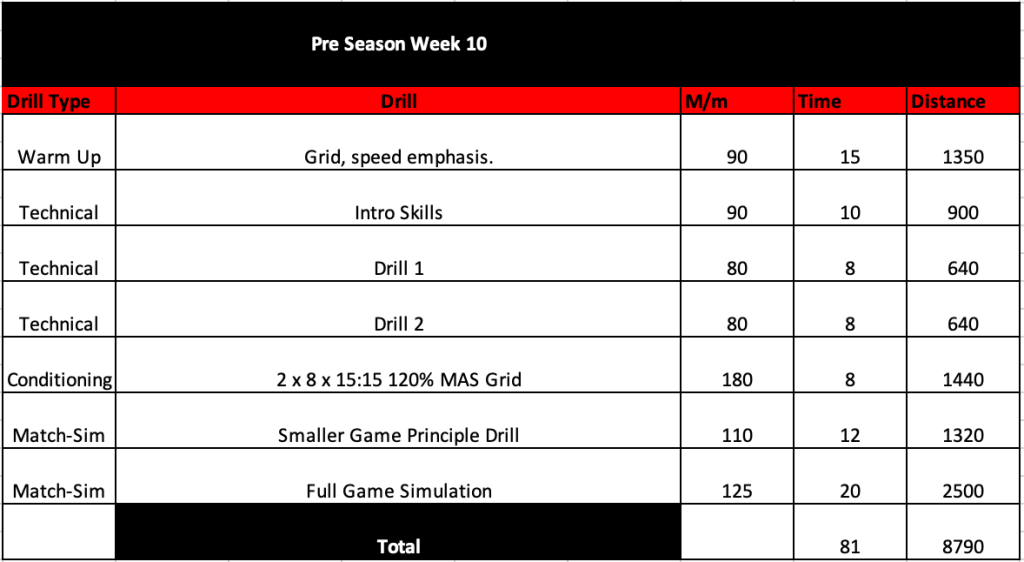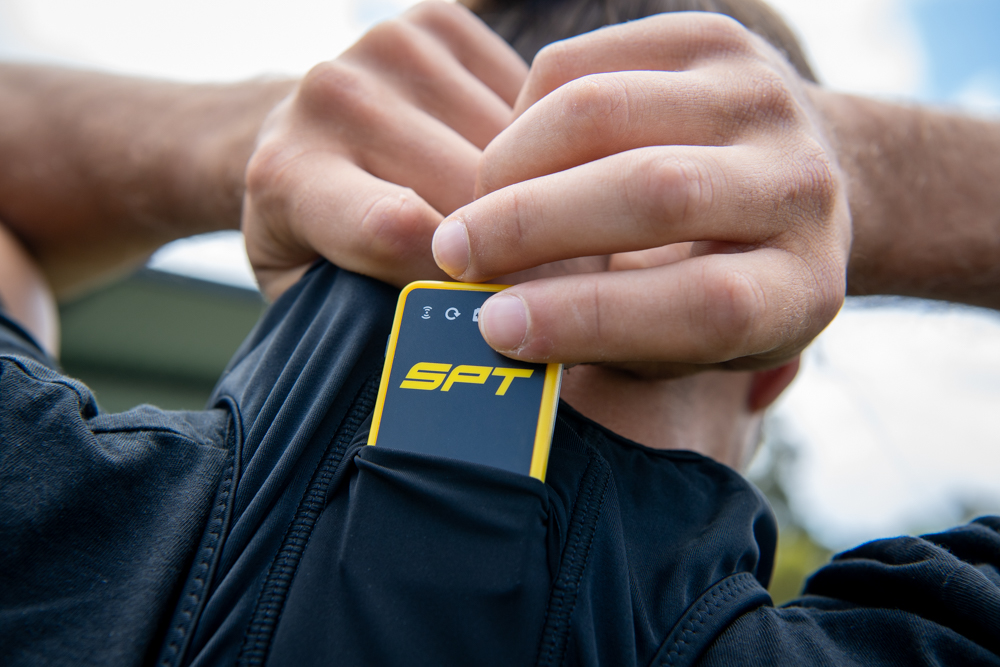Work Rate v Total Distance
When going over a few key tips when using GPS units at local clubs, we mentioned something briefly about work rate as an indicator of running load.
So what is work rate first?
Work rate is the amount of work done / time taken to do it.
So if the work done is 1500m in a 15-minute drill, the work rate in that drill is 100m/minute.
So why is this metric so valuable, particularly when compared to total distance?
The simple answer is that it adds a layer of context to the work completed that total distance lacks – the time taken to complete the work.
Total distance is the simplest and most natural thing for coaches to look at first when wanting to see their sessions workload, and it is still a valuable starting point. A 12km night sound (and generally speaking it is). But if this 12km has been achieved over a 2.5 hour training block, it is a vastly different night than if it had been achieved in 1.40.
Because when you look back at your GPS data, a large volume of distance traveled will be made up of walking, as well as slow jogging (and so the distance will continue to accumulate in low intensity, between drills, etc) – and you could walk for hours without it contributing much to training load.

Take note of how much of the total meters covered of each of these individual players is taken up in zone 1 alone.
Work rate is a really good way of measuring and comparing drills in terms of the running intensity involved in them. By keeping a record of the metrics of the most regular drills you do, you will be able to know in advance, based on previous bouts roughly how many meters/minute you will rack up – and multiply them by the amount of time you intend doing that drill for, and that will give you the load that drill will contribute to that nights total.

This also becomes very useful when you want to see how closely your drill is mimicking match conditions and demands – or even the most demanding periods of games.
For example in your league or in your games, based on the GPS data that you collect, you know that midfielders and mobile backs and forwards in your team all cover 105-115 meters per minute in a game. You have designed a drill that you want to do to work on some element of your game plan, but you also want it to mimic match demands at a minimum, preferably overload them. However when you watch the drill, while happy with the game-elements of it, you are unsure if it is as demanding as you hoped, and sure enough the work rate comes out at just over 100 meters per minute. Off the back of this, you can now play around with ideas of how to tweak the drill to get that extra bit of intensity into it.
So in summary, while total distance is a still-relevant starting point – and normally the go-to metric for us when looking at the live data on the SPT units we use, drilling down a little further into the work rate of individual drills and training components will provide more context not only about how well your training and drills mimics match demands, but also about the intensity of the training g loads that players are completing and accumulating.



